We were actually a little worried that Day 12 would be a bust after our going up the Shinhotaka Ropeway only to find that the summit was inaccessible because operations on half of the ropeway had been suspended because of bad weather. The afternoon’s programme was a visit to the Hida No Sato, or Hida Folk Village. There are quite a few discussions and debates between Hida No Sato and Shirakawa-Go, and which one should visitors visit. Most people tend to agree though that you really only need to do one since they both involve roughly the same thing. Well, we’ve done both – in part because we had an afternoon to kill on Day 12!
The Hida Folk Village comprises more than 30 buildings from the Hida region, especially those that are of the Gassho styled thatched roof houses. The compound isn’t the original location of these buildings, but were moved and consolidated into this village in 1971 for cultural preservation. The village, in essence, is a museum that showcases the lifestyles, crafting, apparel, tools, methods and farming, that has been handed down from generation to generation. A centerpiece of the village is the Goami Pond, which is what one sees in those iconic photographs of the area.
The map suggests three different routes: a 15 minute essentials, a 30 minute that takes visitors around the key parts of the village, and a full 60 minute course to walk around the whole area. Here’s the odd thing: I don’t think it’s possible to do the entire village in 60 minutes: we took 90 minutes, and we didn’t finish the whole circuit, nor did we duck into every building to explore and view its exhibits. If you want a reasonable experience, I reckon you’d need to set aside at least 2 hours in Hida No Sato.
Admission is a fairly low ¥700 for adults, and ¥200 each for our two kids – even for our older girl at 13.
The village is fairly near Nohi Bus Terminal Takayama, and there’s a bus that runs (fare is ¥100) and it’d take just 10 minutes fro Takayama Station. The bus runs fairly often but do check bus timings. You could also walk the distance of course from Takayama Station, but be aware: there’s a slope.
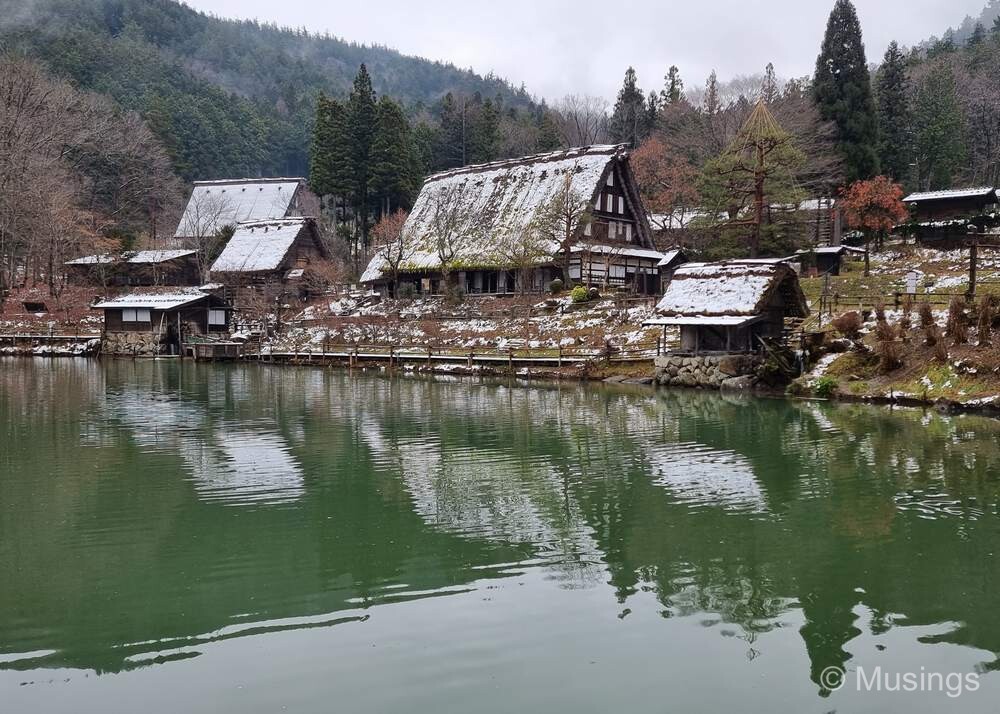
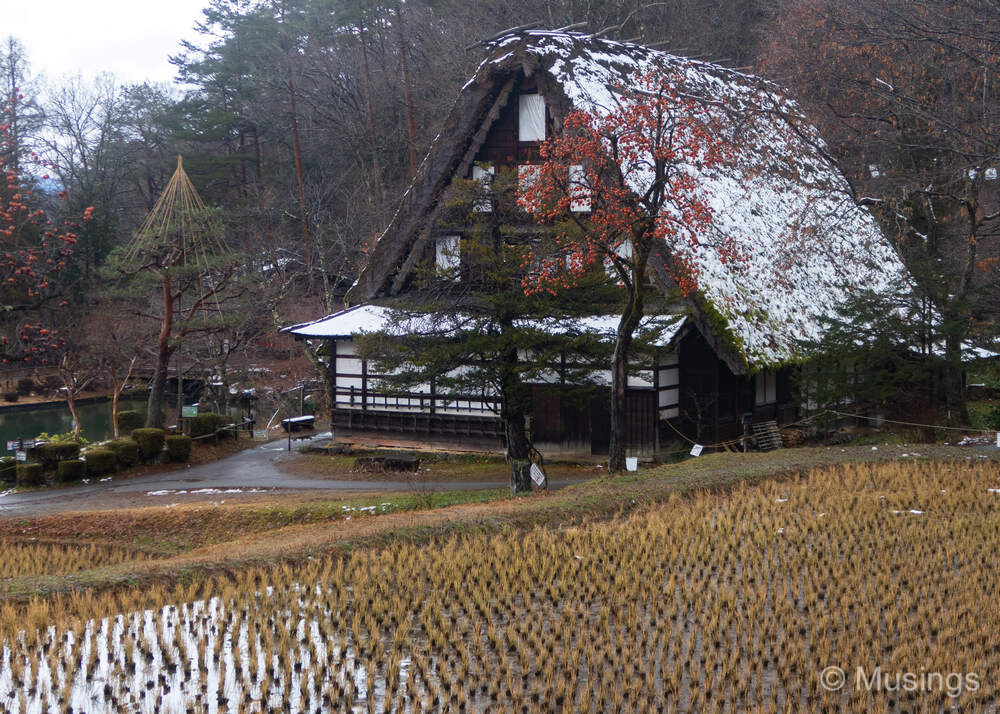
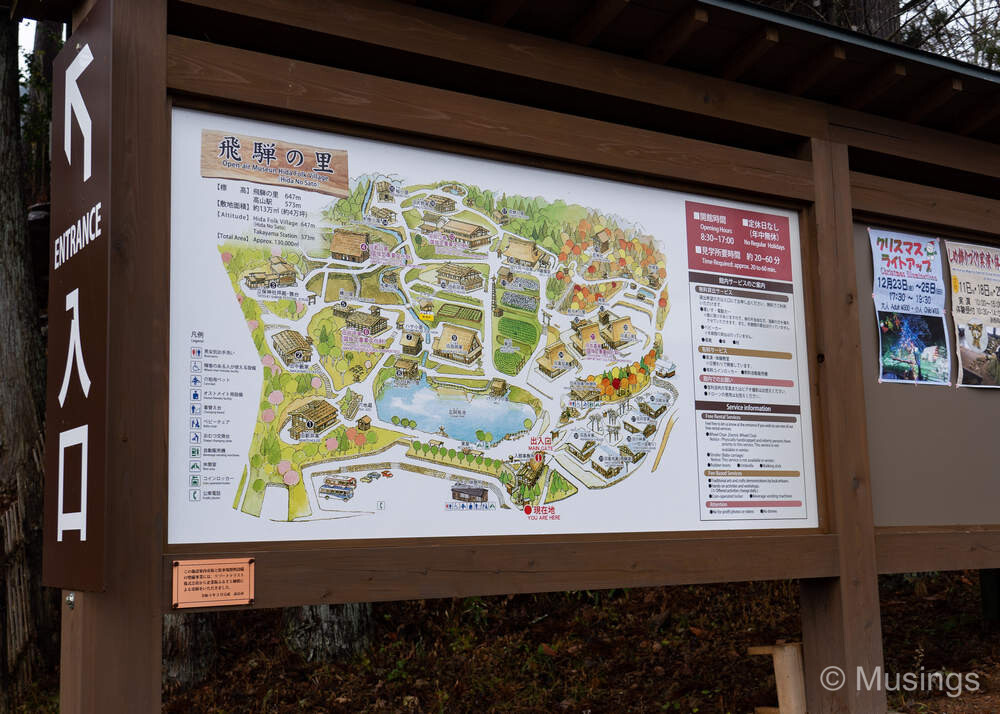
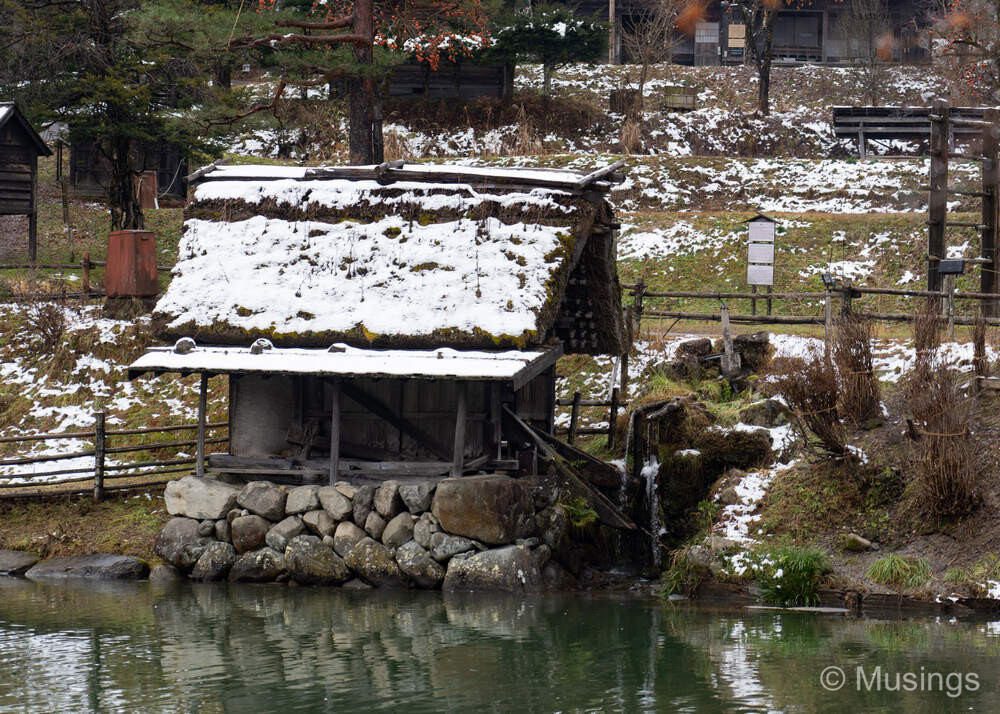
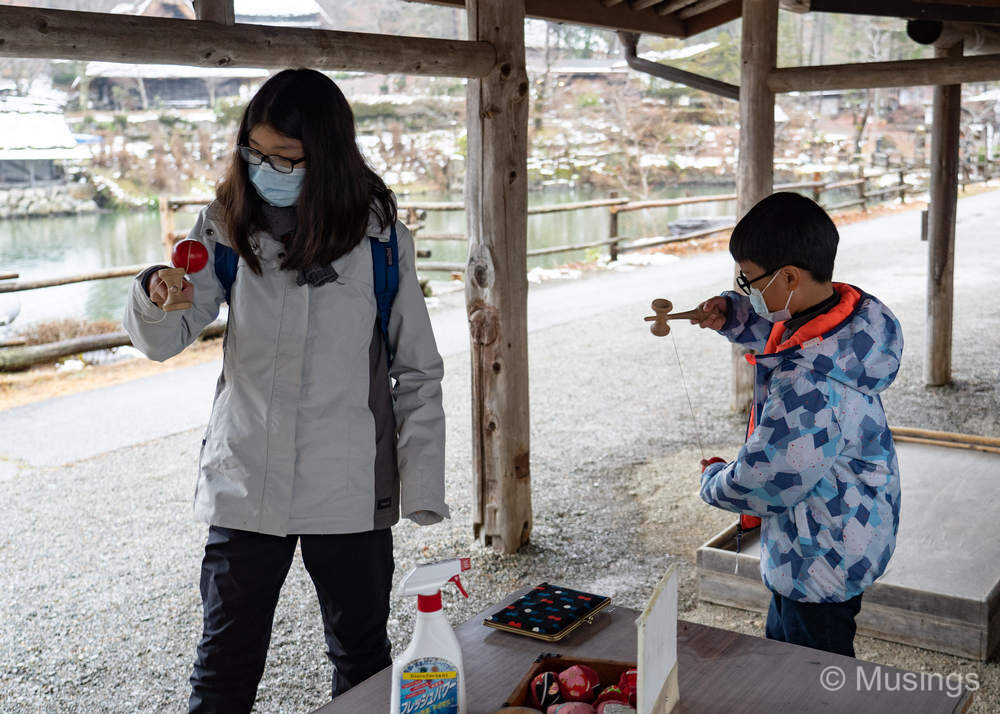
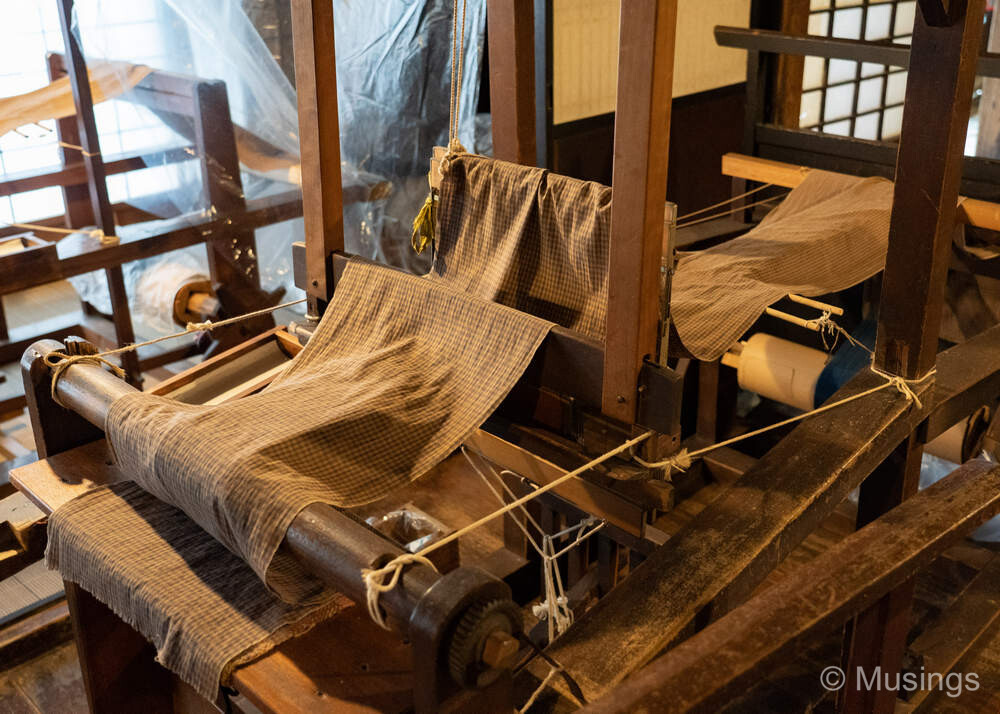
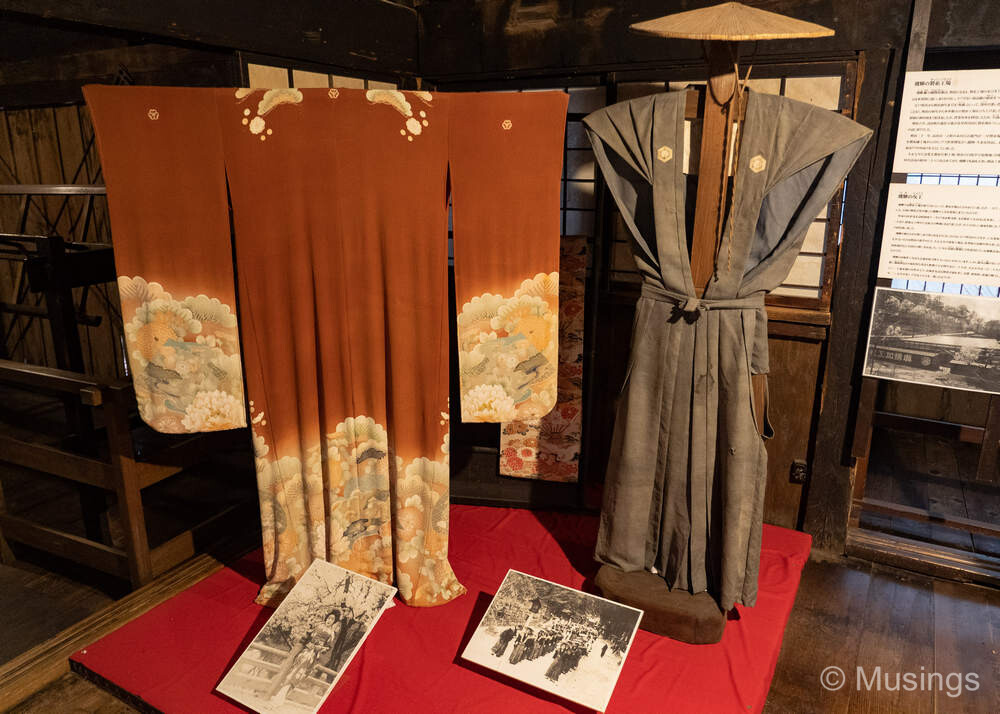
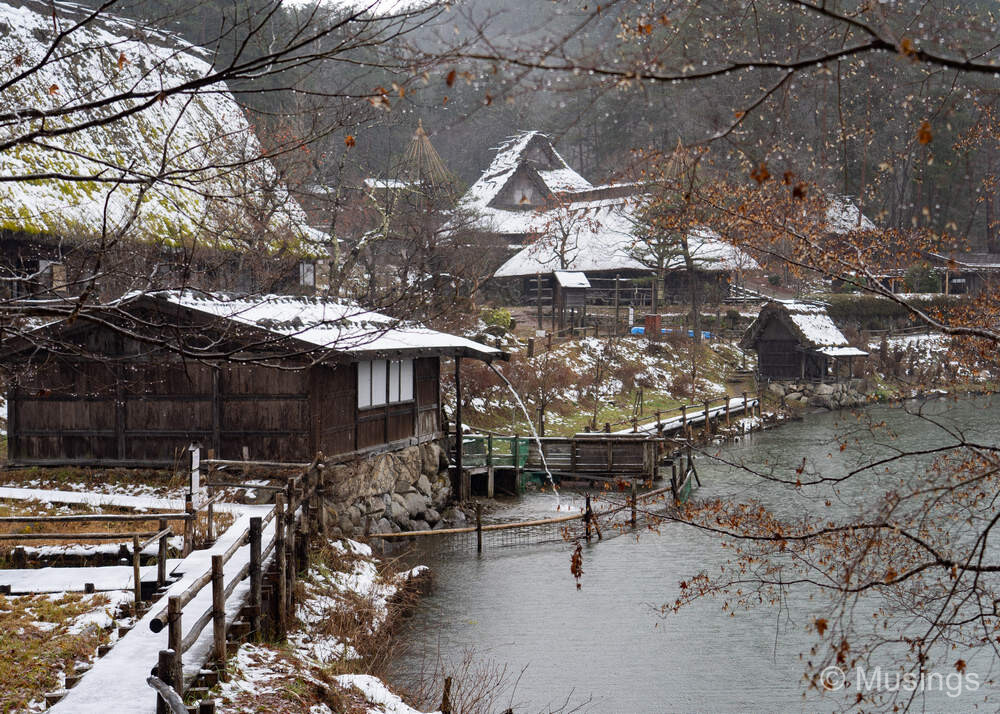
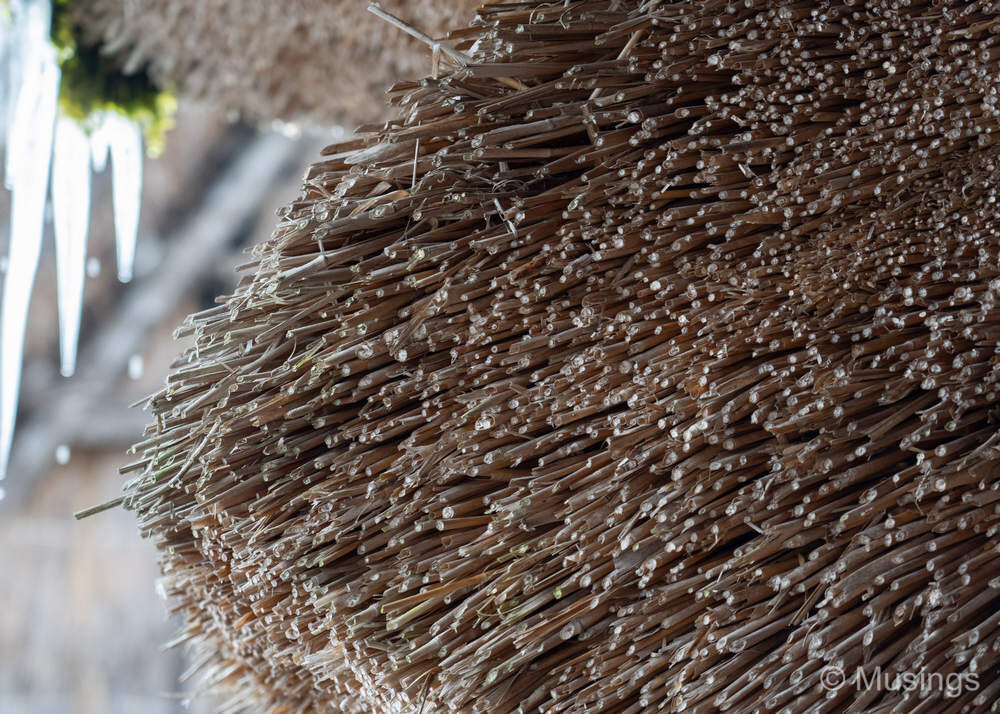
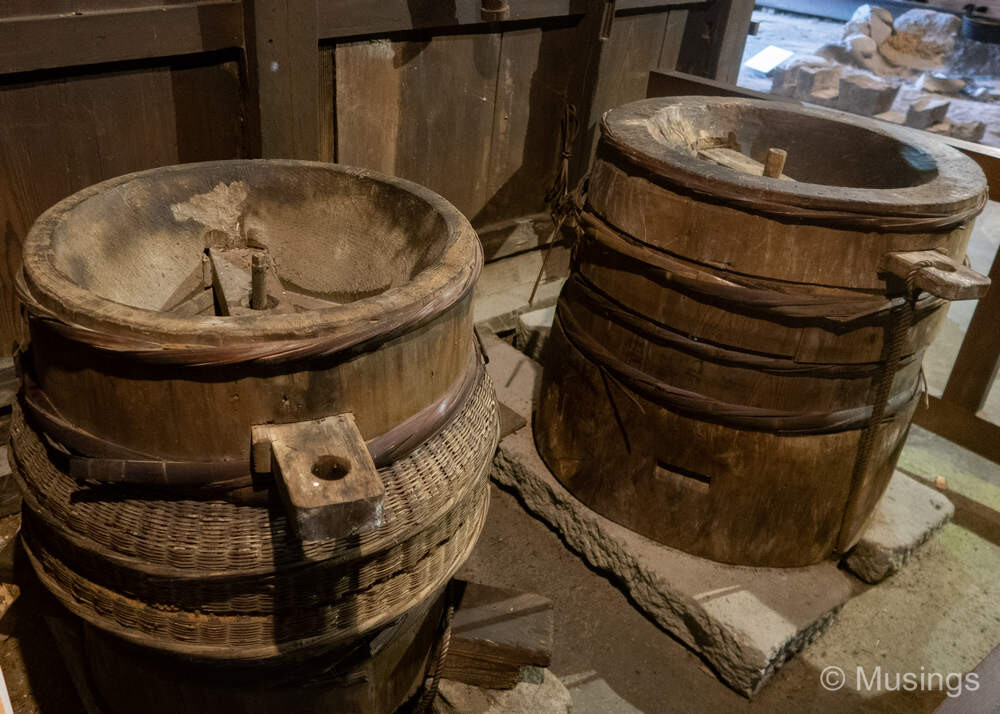
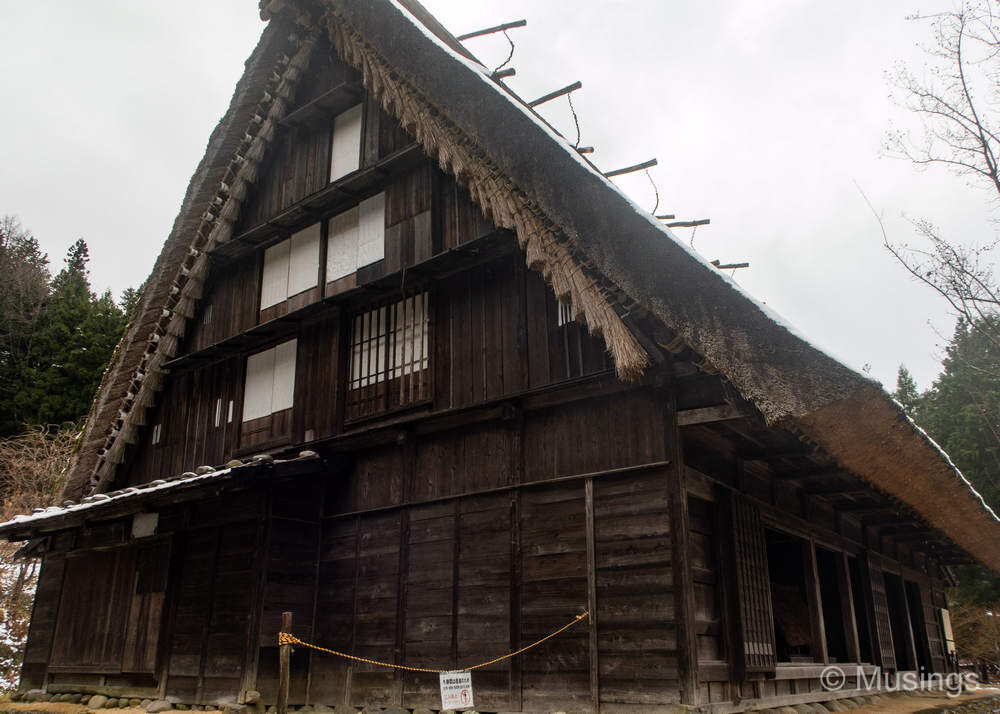
I guess the most important question here is this: how does Hida No Sato compare to Shirakawa-Go? Well, the view from Shirakawa-Go’s observatory is incredible. But unless you fork out the additional monies for each of the various museums there, you don’t finally get to learn very much about what you’re seeing. I also found the place pretty touristy, with its numerous cafes, souvenir shops and restaurants. And depending on your luck and also season, the place can also get congested. Hida No Sato doesn’t offer the same scenic view: but it’s cheaper to visit since the ¥700 admission charge is all-in, much easier to get to from Takayama, and far less crowded.
In short, if you have the time, visit both. If you have to choose one and you prioritise learning over a postcard-like picture, then go for Hida No Sato.